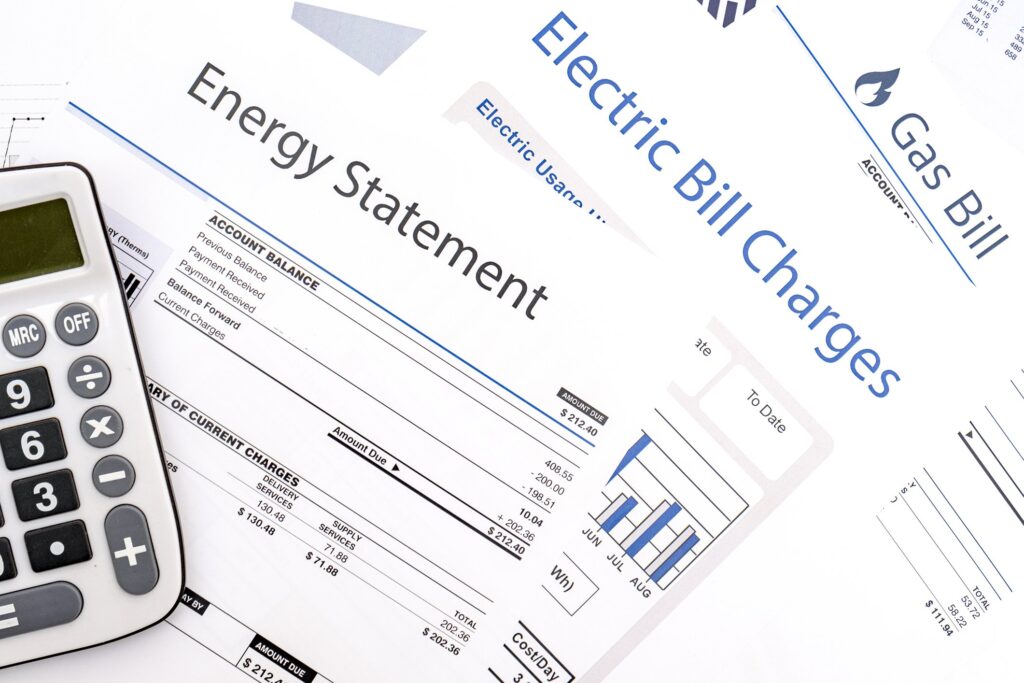Analyze: Comprehensive Energy and Facility Audits
At Single Point Energy, the initial stage of any project involves a detailed analysis of your energy consumption and the overall energy efficiency of your facility. This is accomplished through two primary types of audits: a forensic audit of utility bills and a commercial building energy audit.


Pre-Energy Audit Data Collection: Forensic Audit of Utility Bills
Upon receiving client authorization via the Third Party Authorization Form, which allows utility companies to share data with SPE, we perform a forensic audit of your energy bills. This audit enables us to access the utility account to review comprehensive consumption data and 15-minute interval data. This detailed analysis helps us identify usage patterns and key information such as KW demand, allowing us to devise strategies to not only reduce energy consumption but also potentially adjust your rate schedule. Clients can facilitate this process by providing direct access to their utility accounts or by supplying hard copies of their electric bills.
On-site Data Collection and Measurements: Commercial Building Energy Audit
Our energy audits extend beyond just electricity to include all energy-using systems within your building, and often water consumption as well. An SPE auditor will visit your site to conduct interviews with facility managers and inspect all relevant systems, including HVAC, lighting, building envelope upgrades, utility rates, and renewable energy applications.
The goal of the audit is to develop a list of Energy Conservation Measures (ECMs) tailored to reduce energy usage and costs. Depending on the audit level, we quantify the potential savings and the costs associated with implementing these measures, some of which may offer immediate paybacks while others are more long-term investments.
The “Analyze” Process:
- Pre-Audit Data Collection:
- Review historical energy data, utility bills, building blueprints, and equipment specs.
- Conduct a preliminary site walk-through to spot potential energy inefficiencies.
- On-Site Data Collection and Measurements:
- Execute a detailed inspection of the building and its systems.
- Evaluate the building envelope (walls, windows, insulation, air leaks).
- Assess HVAC systems, lighting setups, controls, and operational schedules.
- Inspect water heating systems and analyze water usage.
- Measure energy consumption of major systems using specialized equipment.
- Data Analysis and Energy Modeling:
- Input data into energy simulation software to build a baseline energy model of current usage.
- Use calibrated simulations to pinpoint opportunities for energy savings.
- Cost and Savings Analysis:
- Determine potential energy and cost savings for each identified opportunity.
- Perform life-cycle cost analysis of proposed energy conservation measures (ECMs).
- Rank ECMs by cost-effectiveness, payback period, and other relevant factors.
- Recommendations and Reporting:
- Compile a detailed report with audit findings, recommendations, and an ECM implementation plan including cost estimates and savings projections.
- Outline a prioritized implementation strategy with timelines.
- Presentation and Implementation Guidance:
- Present findings and strategic recommendations to stakeholders.
- Assist in the deployment of recommended ECMs and provide support for energy savings verification protocols.
